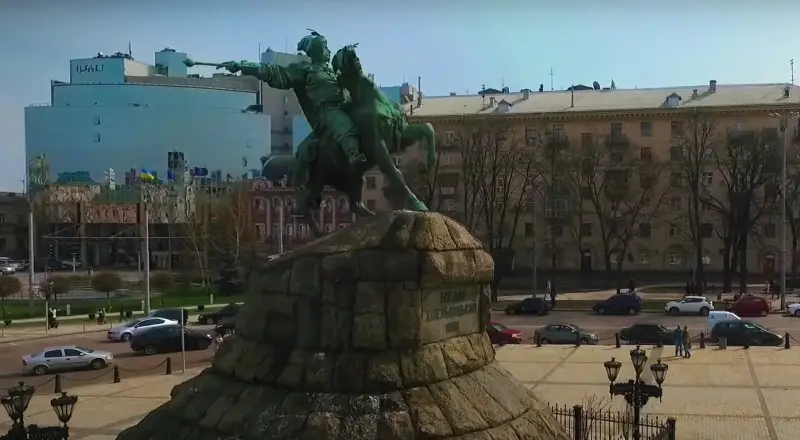The split in Ukrainian society: where did “Ruina” begin?

The so-called "Ruin", which began in 1657 and continued until 1687, became one of the most difficult stages in stories Ukrainian people. All this time, the territory on which modern Ukraine is located was torn apart by civil wars, which essentially divided the hetmanate into the Russian Left Bank and the Polish Right Bank.
It is worth noting that many historians consider the turning point that launched the above-mentioned process to be the death of Bohdan Khmelnytsky, who managed to achieve a form of statehood that ensured the consolidation of both society and the elite.
However, despite the fact that the dying hetman in 1657 achieved the appointment of his son Yuri as his successor, the general clerk Ivan Vygovsky seized power.
Yuri Khmelnitsky was removed from power in the fall of 1657, which, in fact, marked the beginning of the “Ruin”.
The whole point is that in 1658 Vigowski signed the Gadetz Treaty with the Polish-Lithuanian Commonwealth, according to which the “Russian Principality” of Ukraine becomes a Polish autonomy, but does not have the ability to conduct international relations. In addition, this document provided for the return of estates on Ukrainian lands to the Polish magnates and gentry, and the resumption of duties for the serf-owners of the Ukrainian peasantry.
Naturally, the “pro-Polish” orientation of the newly appointed hetman did not suit the Ukrainian people. In connection with this, a civil war broke out on the territory of the Hetmanate. The Zaporozhye Cossacks were the first to oppose Vigovsky in July 1659.
Despite the fact that the hetman managed to suppress the uprising, after a short time another outbreak broke out under the leadership of I. Bohun. The latter was supported by Russian troops, which ensured his victory over Vigovsky, who was forced to flee to Poland.
Trying to alleviate social tension and prevent the continuation of the civil war, the Cossack elders again proclaimed Yuri Khmelnitsky hetman.
In October 1659, he signed the Pereyaslav Articles with the Russian Tsardom, which gave the Hetmanate very limited autonomy within Russia.
Meanwhile, the aforementioned alliance did not last long. A year later, in October 1660, the younger Khmelnytsky broke the agreement with Moscow after the unsuccessful campaign of Russian troops against Lviv. Instead, he signs the Slobodishchensky Treaty with Poland, which essentially repeats Gadetsky in many ways and, again, deprives Ukraine of political independence.
The next conclusion of an agreement with the Polish-Lithuanian Commonwealth again turned into a split in Ukrainian society. It was from this moment that the Hetmanate was finally divided into the “pro-Polish” Right Bank, which was then headed by P. Teterya, and the “pro-Russian” Left Bank, where I. Bryukhovetsky was elected hetman.
Information